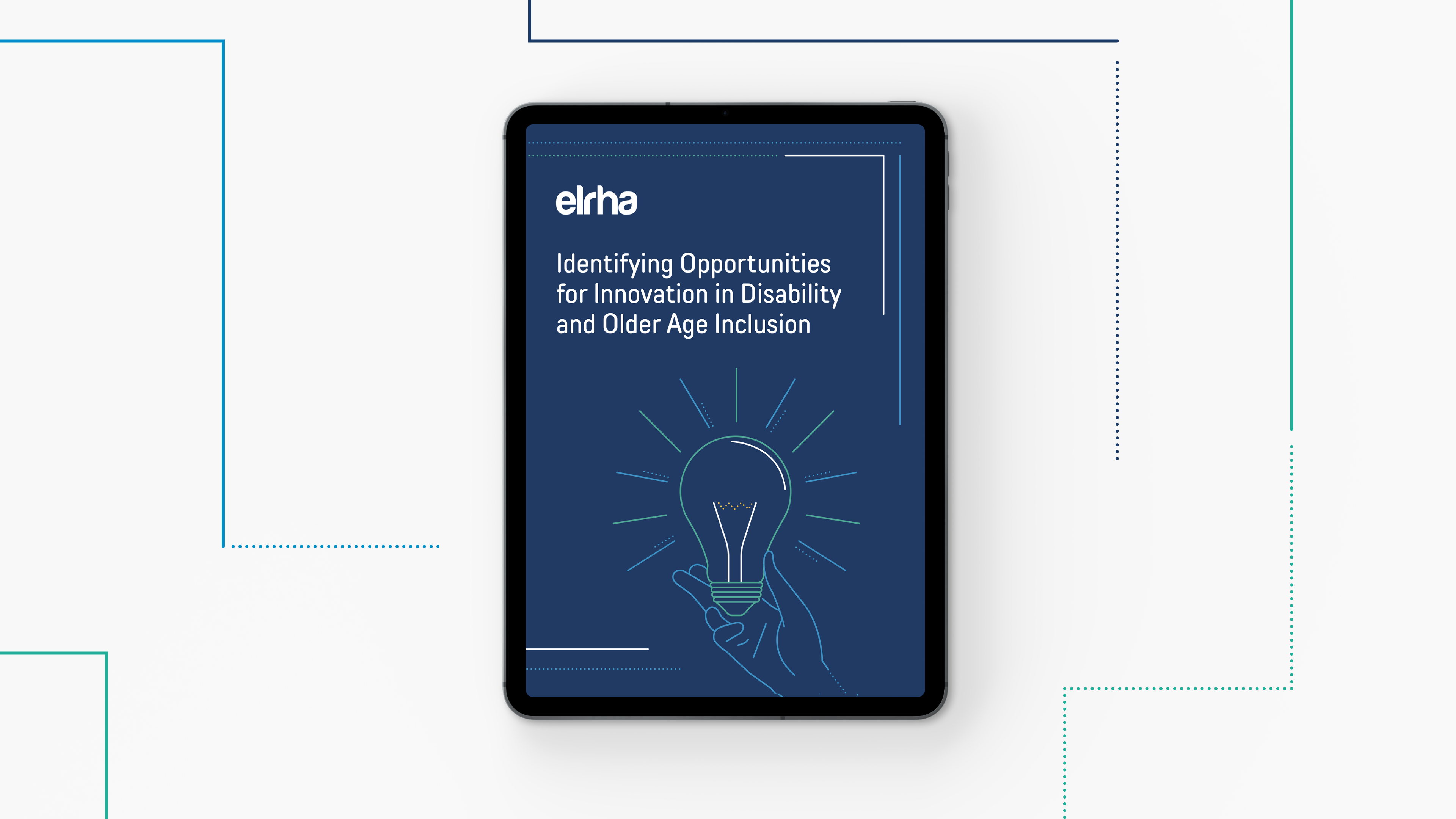Gap analysis: Identifying Opportunities for Innovation in Disability and Older Age Inclusion

People with disabilities and older people continue to face significant barriers in humanitarian crises – barriers that prevent them from accessing vital services, engaging in decision-making, and receiving tailored support. This report, developed in collaboration with Policy Impact Lab (PIL), provides an updated gap analysis on disability and older age inclusion (DOAI) in humanitarian response, identifying key challenges and opportunities for innovation.
Building on our 2020 analysis, this study examines how well recent guidelines have been implemented, where gaps persist and what solutions can drive meaningful change. Through in-depth research and field consultations in Kenya, Bangladesh, Ethiopia, and the Philippines, we explore the lived experiences of affected individuals and propose actionable strategies to make humanitarian response more inclusive and effective.
Key insights
- Access to vital services: Many older people and individuals with disabilities remain excluded from healthcare, education, and livelihoods.
- Meaningful engagement: Inclusion efforts are often tokenised, with affected people lacking a voice in decision-making.
- Organisational barriers: Humanitarian actors face structural and funding challenges in prioritising DOAI.
- Intersectionality challenges: The unique needs of women, children, and marginalised groups with disabilities are often overlooked.
- Data and accountability gaps: While data collection has improved, it is not always used to inform more inclusive programming.
Opportunities for innovation
This report highlights emerging solutions that can drive change, including:
- New approaches to service delivery, such as mobile aid and cash-based assistance.
- Better integration of assistive technology through local production and repair.
- Strengthening accountability and funding mechanisms to ensure DOAI is a priority.
- Developing practical tools and guidance for humanitarians to operationalise inclusion strategies.
About PIL
This research was conducted in partnership with PIL, a multidisciplinary research team committed to translating evidence into actionable policy solutions. PIL brings expertise in humanitarian policy, inclusion and innovation, ensuring that research findings inform real-world change in humanitarian response.
Who should read this report?
- Humanitarian practitioners seeking to improve inclusion in response efforts.
- Academics and researchers working on disability and older age inclusion.
- Policy-makers and donors aiming to strengthen funding and accountability frameworks.
- Organisations of persons with disabilities (OPDs) and older people’s associations (OPAs) advocating for better representation and action.
Read the full report and explore how we can work together to create a more inclusive humanitarian system.